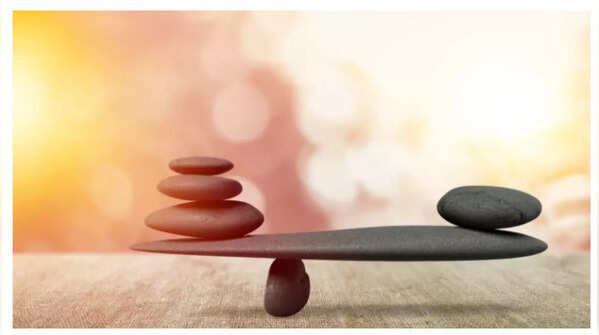
1/6
5 Yoga poses that balance hormones
Hormonal health, though talked about mostly in women, affects men too. Most people think that poor hormonal health only affects a woman's menstrual cycle and fertility, but that's not true. Hormonal balance is key to overall health, affecting mood, energy, metabolism, and reproductive health. When hormones are out of place, it can lead to stress, weight gain, hair loss, mood swings and many other ailments. And while regular diet, exercise, and meditation do play a role, Yoga too can help with getting your hormones in control. Here are 5 Yoga poses that calm the nervous system, thus regulating hormone production...
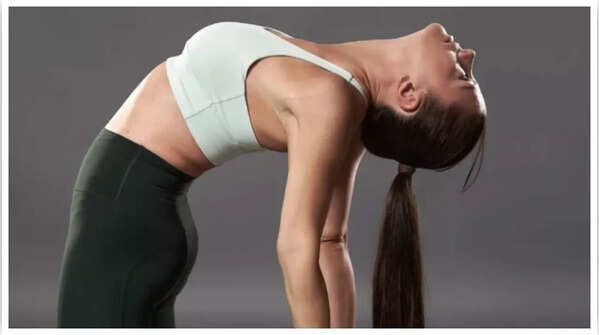
2/6
Ustrasana (Camel Pose)
How to do it:
Kneel on your mat with knees hip-width apart.
Place your hands on your lower back for support.
Slowly arch your back, reaching your hands to your heels.
Tilt your head gently backward, opening your chest.
Hold for 30 seconds to 1 minute, breathing deeply.
Slowly come back to the starting position.
How it helps
Camel pose stimulates the thyroid and parathyroid glands located in your neck. These glands regulate metabolism and calcium levels, which are key to hormonal balance. The deep stretch also relieves tension in the neck and back and improves blood circulation to the endocrine system. This pose can also ease menstrual cramps and reduce stress, which often disrupt hormone levels.
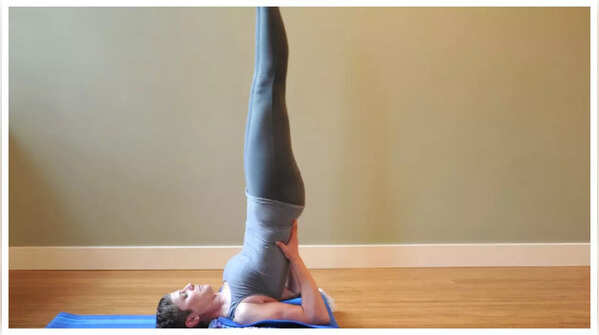
3/6
Sarvangasana (Shoulder Stand)
How to do it:
Lie on your back with arms by your sides.
Lift your legs and hips up, supporting your lower back with your hands.
Straighten your legs and align your body from shoulders to toes.
Hold the pose for 30 seconds to 1 minute, breathing calmly.
Slowly lower your body back down.
How it helps
Known as the "queen of yoga poses," shoulder stand directly stimulates the thyroid gland, helping regulate hormone production. It also activates the pituitary gland, which controls many other hormone glands. This pose improves blood flow to the brain and endocrine organs, reducing stress and promoting hormonal harmony.
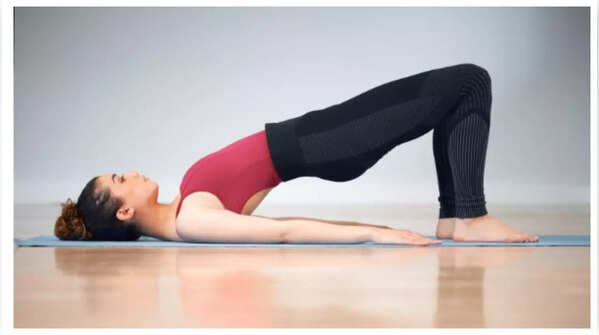
4/6
Setu Bandhasana (Bridge Pose)
How to do it:
Lie on your back with knees bent and feet hip-width apart, flat on the floor.
Press your feet firmly into the mat and lift your hips toward the ceiling.
Clasp your hands under your back and press your arms and shoulders into the ground.
Hold for 30 seconds, breathing evenly.
Slowly lower your hips back down.
How it helps
Bridge pose stimulates the thyroid gland and improves blood circulation throughout the endocrine system. It also relaxes the nervous system, reducing anxiety and stress hormones like cortisol. This pose strengthens the pelvic floor and abdominal muscles, which supports reproductive health and hormonal balance.
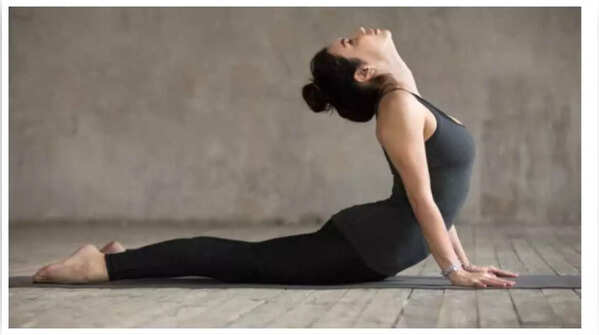
5/6
Bhujangasana (Cobra Pose)
How to do it:
Lie face down with your hands under your shoulders.
Press into your palms and lift your chest off the floor, keeping your elbows close to your body.
Open your chest and look slightly upward.
Hold for 20-30 seconds, breathing smoothly.
Lower down gently.
How it helps
Cobra pose stimulates the adrenal glands, which produce important stress hormones like cortisol and adrenaline. By activating these glands, this pose helps the body manage stress better. It also improves blood circulation and strengthens the spine, which supports overall hormonal health. Additionally, it can relieve menstrual discomfort by opening the chest and abdominal area.
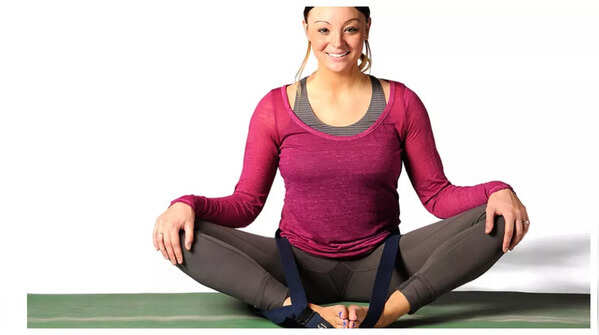
6/6
Baddha Konasana (Butterfly or Cobbler Pose)
How to do it:
Sit on the floor with your knees bent and the soles of your feet touching.
Hold your feet with your hands and gently press your knees toward the floor.
Keep your spine straight and lean forward slightly if comfortable.
Hold for 1-2 minutes, breathing deeply.
How it helps
Butterfly pose improves blood flow to the pelvic region, stimulating the reproductive organs and balancing sex hormones. It is especially helpful for women experiencing menstrual irregularities or PCOS symptoms. This pose also relaxes the hips, where emotional stress often accumulates, helping to reduce cortisol levels and promote hormonal balance.
Follow Us On Social Media

 8 hours ago
54
8 hours ago
54





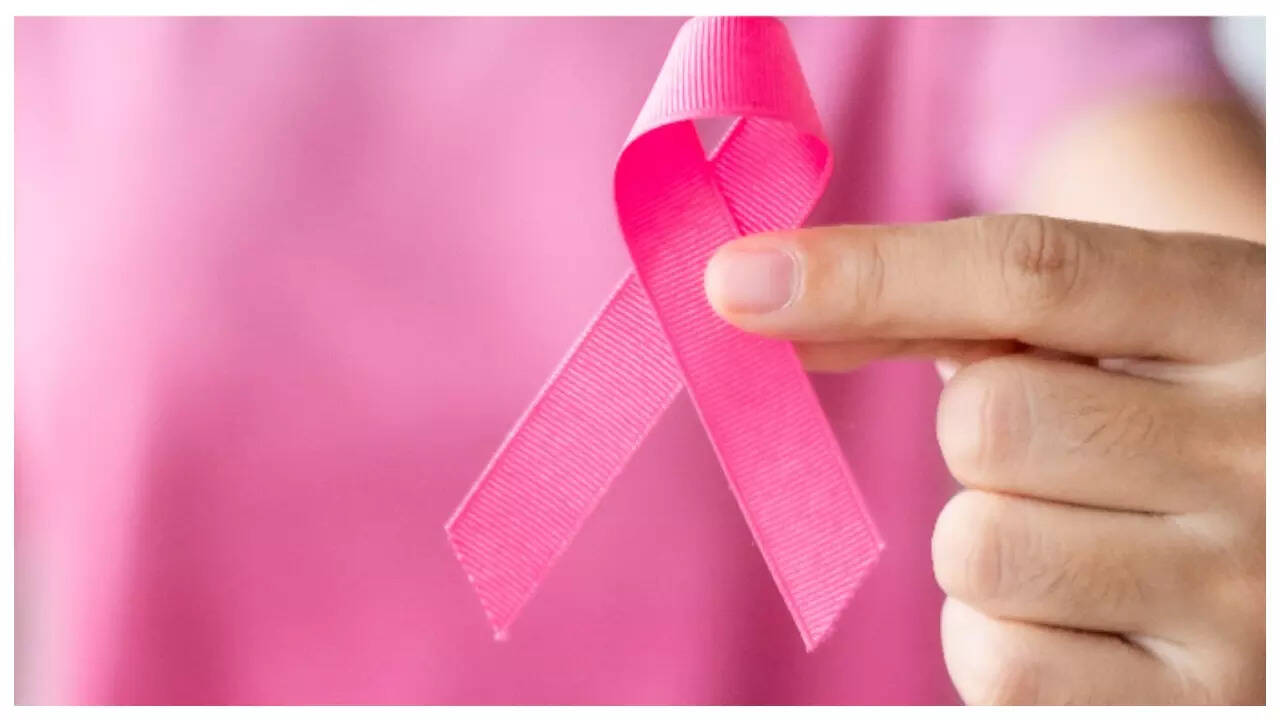









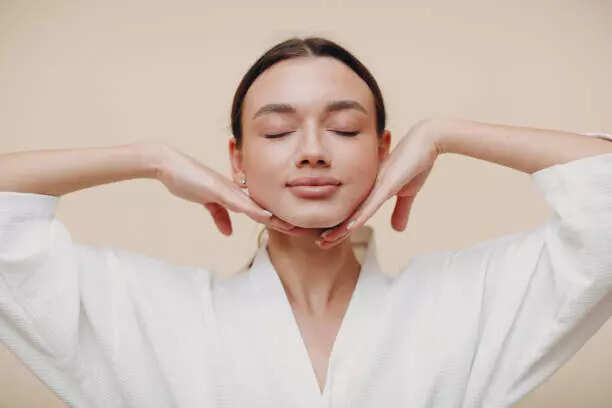

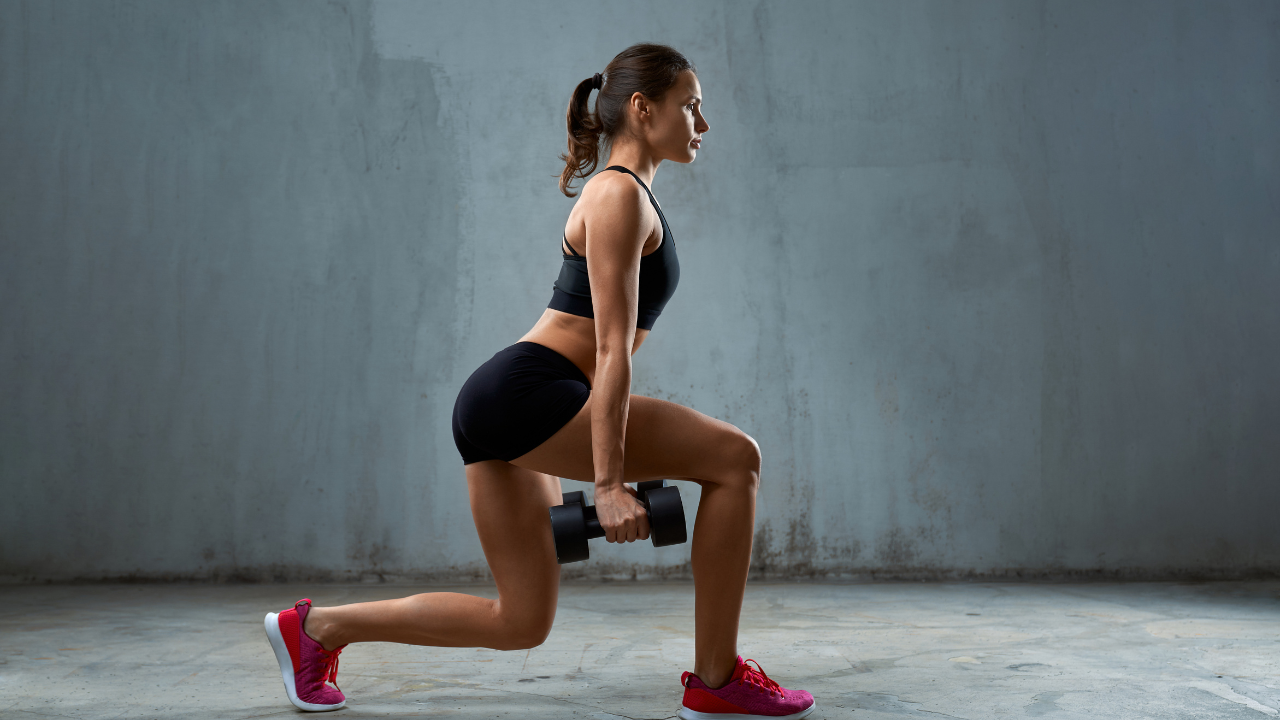










 English (US)
English (US)